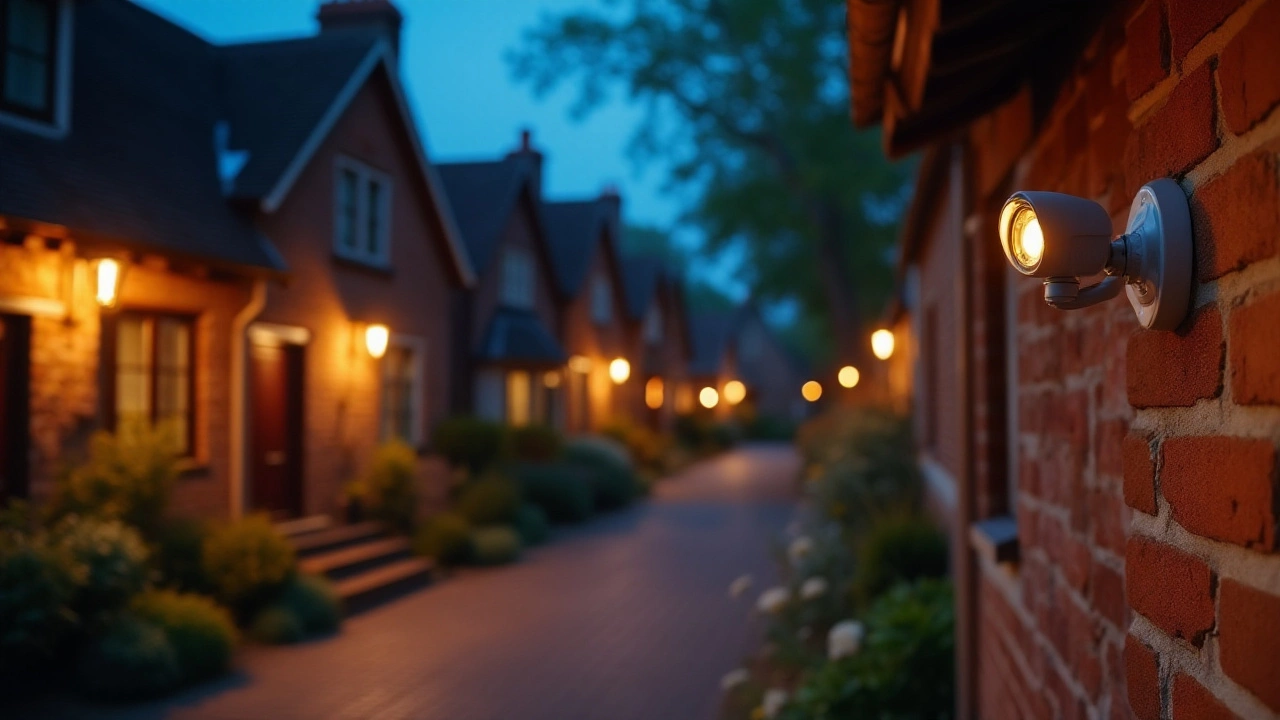When you’re shopping for a security camera, the spec sheet can feel like a foreign language. Instead of getting lost, focus on the handful of features that actually make a difference in daily use. Below you’ll find clear, practical explanations of the most common camera specs and how they affect what you see on your phone.
Night vision is the first thing most people look for because burglars love darkness. Cameras use infrared (IR) LEDs to illuminate a scene without visible light. If the IR ring is bright and the image stays sharp, you’ll get clear black‑and‑white footage after sunset. Look for a range of at least 15‑30 feet for a typical front‑door setup. Some newer models combine IR with color night‑vision, which gives you a more natural picture but can drain power faster.
Don’t confuse “night mode” on a phone with true night vision. Phone night mode relies on software tricks, while a security camera’s IR LEDs actually light the area. If you need detail at night—like reading a license plate—choose a camera with a higher resolution (1080 p or 4K) and a built‑in IR illuminator.
Wireless cameras promise easy installation, but you still need a reliable Wi‑Fi network. Look for dual‑band (2.4 GHz / 5 GHz) support; the 5 GHz band reduces interference from other devices. A camera that streams at 1080 p over Wi‑Fi should need at least 2 Mbps per feed. If you have several cameras, add up the bandwidth requirements or consider a dedicated router for your security system.
Power matters, too. Some wireless cams run on battery, others on solar panels, and most use a power adapter. Battery‑only models are great for rental properties, but check the battery life—high‑resolution video can drain them in a few weeks. Solar panels extend runtime but need sufficient sunlight.
Another wireless feature to watch for is local storage. Cameras that write to a micro‑SD card keep footage even if the internet goes down. Cloud storage is handy for remote access, but you’ll usually pay a monthly fee. Decide whether you prefer a one‑time purchase (SD card) or a subscription for off‑site backups.
Smart alerts round out the feature set. Motion detection that can be tuned to ignore pets or trees reduces false alarms. Some cameras let you set activity zones, so you only get alerts when motion happens in a specific area, like a driveway. Push notifications to your phone are standard, but look for two‑way audio if you want to speak to visitors through the camera.
In short, the best camera for you balances night vision, Wi‑Fi reliability, power options, and smart alerts. Spend a few minutes checking each spec, compare a couple of models, and you’ll end up with a system that actually works when you need it most.

Not all surveillance cameras come equipped with night vision capabilities. While many modern security cameras do boast this feature, there are variations in infrared technology, image quality, and functionality. Some cameras use advanced infrared LEDs, while others rely on low-light color sensors. It's important to understand different options available to make an informed choice based on surveillance needs.